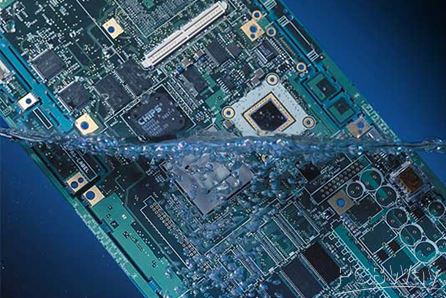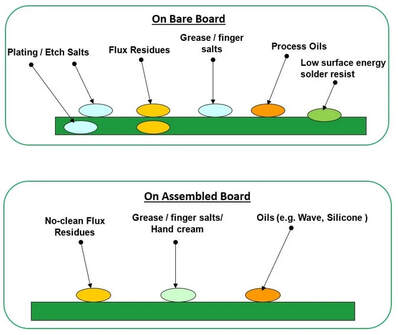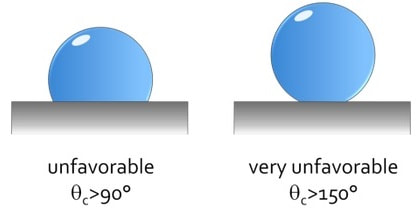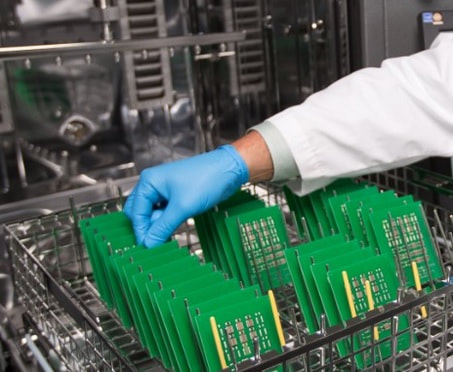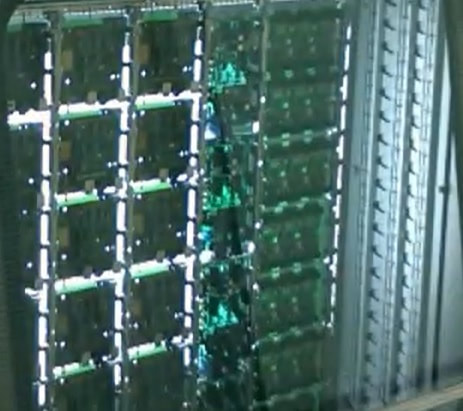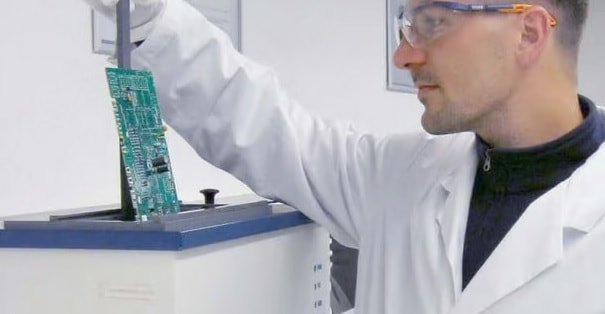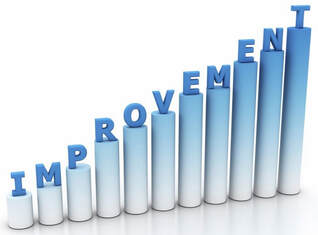With the increase in high voltage applications for electronic assemblies such as electric vehicles and PCBA’s needing conformal coating for harsh environments, the need for thorough and consistent cleaning has never been greater.
For many years the electronics industry has mainly been using ‘No-Clean’ solders and moved away from ‘Water-Soluble’ for reasons such as to reduce cost and manufacturing time. The term ‘No-Clean’ is misleading as implies should not be cleaned, but really should be classed ‘Low-Residue’ as in many cases the residues still need to be removed – reasons include if the PCBA needs to be conformally coated, if the aesthetics are important for applications where the PCBA can be seen, and in high voltage applications where flux residues cause potential current leakage paths due to electrochemical migration (ECM).
'Ionic' and 'Non-Ionic' contamination
It is important to note that flux residues following the reflow soldering process are not the only contaminants needing to be removed. Depending on where the bare PCB’s are manufactured and what quality standards are followed, residues may be left on the PCB surface following the various manufacturing processes such as chemical etching. These residues tend to be ‘Ionic’ in nature but PCBA’s also tend to collect ‘Non-Ionic’ contamination from handling and the environment in which the PCBA’s are manufactured.
Water soluble fluxes and deionised water wash
When water soluble fluxes are used in the soldering process, the cleaning process tends to be simple as uses only deionized water. The problem with just using deionized water is that it is limited in what can be removed as not all contaminants can be dissolved in water. Another problem is that one of the biggest challenges in the cleaning process is removing flux residues underneath low-standoff surface mount components. In order to clean these residues the cleaning media used not only needs to be chemically compatible with the flux residue, but the wetting angle (also known as the contact angle) needs to be as low as possible. This is to allow the cleaning media to penetrate tight spaces such as gaps underneath low-standoff components which can be as small as a few mils, dissolve or dislodge contaminants, and carry them away. Deionized water has a relatively high surface tension and so has a relatively high wetting angle which can cause the water to bead up or struggle to spread across the surface of the PCB making the cleaning process less effective.
Engineered cleaning fluids
Using engineered cleaning fluids, such as those manufactured by companies Zestron and Kyzen, can address the concerns detailed above as contain ingredients that will reduce the overall surface tension and so wetting angle. These aqueous cleaning fluids used in conjunction with the many types of cleaning machines provide static and dynamic forces that allow the thorough cleaning of the harder to clean areas of the PCBA’s.
There are many different types of engineering cleaning fluid available and deciding which to choose can be a challenge, but it mainly comes down to what is needing to be cleaned and what residues need to be removed. One of the main aspects of engineered cleaning fluids is the pH level which plays a crucial role in their effectiveness and compatibility with specific cleaning applications. The pH level is a measure of the acidity or alkalinity of a solution, ranging from 0 (highly acidic) to 14 (highly alkaline), with 7 being neutral.
|
|
Inline or batch PCBA cleaning systems
When it comes to choosing which machine to select for a given process, again it depends what needs to be cleaned and what residues need to be removed, but also the required throughput. If the throughput is high with few different products, inline systems are generally chosen but the initial investment will be relatively high, along with the running costs of energy, chemistry and deionised water.
For companies that manufacture high-mix, low volume, such as contract electronic manufacturers (CEM’s), inline solutions can be prohibitively expensive. In these cases batch machines are generally selected because of their relatively lower cost of investment, lower running costs and also smaller footprint. There are different technologies available for batch cleaning systems such as, spray-under-immersion (with or without ultrasonics), spray-in-air using rotary arms and spray-in-air using linear arms. Spray-under-immersion systems will allow the cleaning chemistry to come into contact with all components for static cleaning to take place but the dynamic forces will not be as strong as spray-in-air leading to longer process times. Combining ultrasonics with spray-under-immersion will provide better dynamic cleaning forces but there are some components that are sensitive to ultrasonics and damage is a risk if used.
For companies that manufacture high-mix, low volume, such as contract electronic manufacturers (CEM’s), inline solutions can be prohibitively expensive. In these cases batch machines are generally selected because of their relatively lower cost of investment, lower running costs and also smaller footprint. There are different technologies available for batch cleaning systems such as, spray-under-immersion (with or without ultrasonics), spray-in-air using rotary arms and spray-in-air using linear arms. Spray-under-immersion systems will allow the cleaning chemistry to come into contact with all components for static cleaning to take place but the dynamic forces will not be as strong as spray-in-air leading to longer process times. Combining ultrasonics with spray-under-immersion will provide better dynamic cleaning forces but there are some components that are sensitive to ultrasonics and damage is a risk if used.
Rotary spray arms
There are a few companies that can supply spray-in-air PCBA cleaning systems and most use rotary spray arms – most have rotary spray arms top and bottom of the cleaning chamber and sometimes on the side as well. These are effective machines at delivering high levels of dynamic cleaning force, but can suffer negative effects of ‘shadowing’ depending on the size of the PCBA’s to be cleaned and how they are loaded into the baskets. Another drawback of these systems is the time to fully dry the PCBA’s as can be much longer than the time to wash/rinse due to relying only on evaporation.
Linear spray arms
There are batch cleaning systems available that use linear spray arms which can be more effective than rotary arms in a number of ways such as, delivering direct spray to the complete PCBA area so that all get an equal amount of dynamic cleaning force and uses hot-air-knife for drying so that excess moisture is blown from the board as well as evaporation. The result of these factors will be a shorter overall process time allowing for a higher throughput.
Cleaning Process Validation
Process validation is a very important step of the introduction of any PCBA cleaning process. For many years the governing IPC standard, IPC-TM-650, details the test methods used to check PCBA contamination levels. The main test method being 'Resistivity of Solvent Extract (ROSE)' which used the number 1.56ug NaCl/cm2 as the pass/fail limit. This test has now been removed and is no longer a requirement for quality - 'Objective Evidence (OE)' is the replacement.
Conclusion
Whichever cleaning machine and cleaning media is chosen, effective PCBA cleaning is essential for ensuring the reliability, performance, and longevity of electronic assemblies. It helps prevent defects, meets industry standards, reduces warranty costs, and ultimately contributes to the overall quality and reputation of electronic products. Manufacturers must establish and maintain robust cleaning processes to meet these objectives.
An Increase in Efficiency and Productivity
It’s a shocking statistic to read that within the electronics industry many surface mount operations, particularly within the sub-contract manufacturing sector, run as low as 20% efficient.
There are many reasons that contribute to this figure but it fundamentally means that only 20% of the capital investment is being utilized. Financially speaking, this will lead to a higher cost of ownership and a slower return on investment. For the customer, it can cause longer lead times for their product and therefore the business will not be as competitive in the market place.
With production efficiencies at this level there will be many knock-on effects that will have an impact on the business such as larger batch sizes, more parts in stock, more assemblies in WIP (work in progress) and slower reaction times to customer change requirements.
With all this in mind there is a strong incentive to improve efficiency while maintaining quality.
There are many reasons that contribute to this figure but it fundamentally means that only 20% of the capital investment is being utilized. Financially speaking, this will lead to a higher cost of ownership and a slower return on investment. For the customer, it can cause longer lead times for their product and therefore the business will not be as competitive in the market place.
With production efficiencies at this level there will be many knock-on effects that will have an impact on the business such as larger batch sizes, more parts in stock, more assemblies in WIP (work in progress) and slower reaction times to customer change requirements.
With all this in mind there is a strong incentive to improve efficiency while maintaining quality.
We also offer a general consultation service to discuss any particular challenge you may be facing.
If this of interest please send a message using the Contact Page
If this of interest please send a message using the Contact Page
